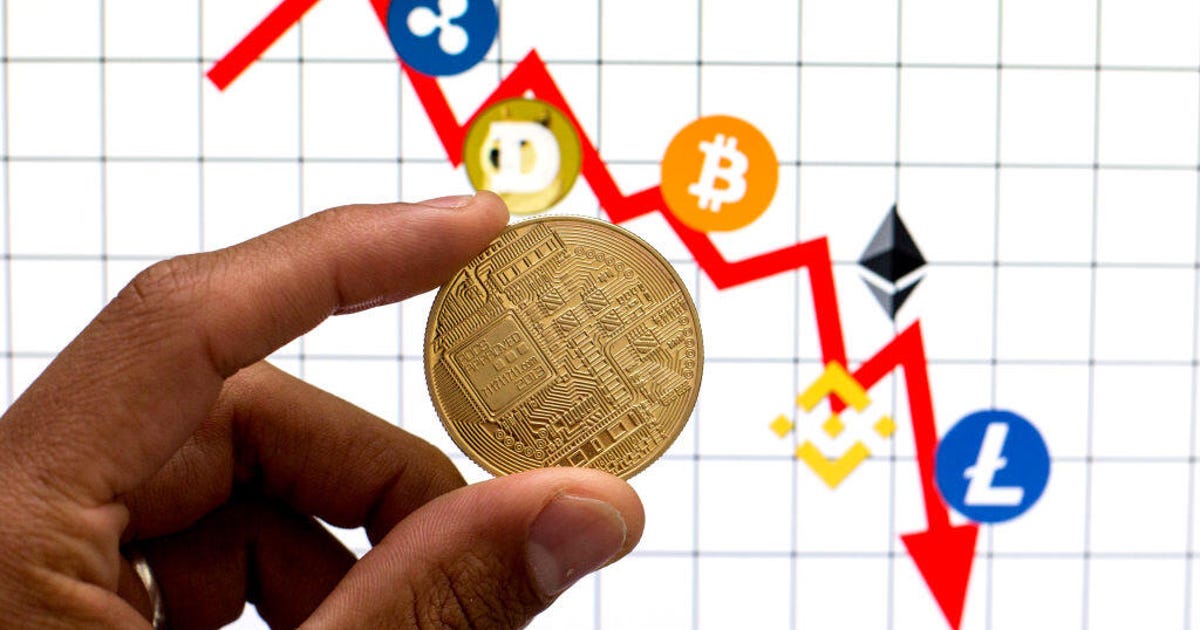Last week, borrowers with student loan debt received President Joe Biden's long-awaited decision on widespread debt cancellation -- $10,000 in student loan debt forgiveness for borrowers earning less than $125,000 a year, and $20,000 in forgiveness for eligible Pell Grant recipients.
While its debt cancellation addresses existing borrowers, the White House also announced a plan for a new student loan repayment program that could bring major benefits to future borrowers. Its proposed income-driven repayment, or IDR, plan will cut monthly payments by more than half for participants and allow people with less than $12,000 in student loans to complete their payments in 10 years instead of 20.
How will the new repayment plan benefit student loan borrowers? Get the full lowdown on how repayment plans work now and how the new IDR plan could work in the future.
For more on student loans, learn how to spot the biggest red flags in loan forgiveness scams and why you might want to keep making loan payments even though they are paused.
How will the new student loan repayment plan work?
Under the proposed guidelines from Biden, the new loan payment program will improve on existing income-driven repayment plans that the White House describes as "too complex and too limited."
First, borrowers' monthly payments would be based on 5% of discretionary income -- the amount of income borrowers have left after paying taxes and buying essential items like housing, food and clothing. Compared to the current 10% of discretionary income required under the pay-as-you-earn (PAYE) and revised pay-as-you-earn REPAYE plans, the new program would cut the required monthly payment for IDR plan participants in half.
Second, discretionary income will be calculated differently. Most current repayment plans definite discretionary income as household income minus 150% of the federal poverty level. The new plan will define discretionary income as household income minus 225% of the poverty level. The White House fact sheet states, "no borrower earning under 225% of the federal poverty level -- about the annual equivalent of a $15 minimum wage for a single borrower -- will have to make a monthly payment" under the new plan.
For example, under the existing PAYE plan, a borrower with a family of four making $100,000 a year would have a discretionary income of $58,375, or $4,865 a month. Their standard monthly payment now would be 10%, or $487 per month.
Under the new IDR plan, that borrower would now have discretionary income of $37,563, or $3,310 a month. With the lower rate of 5%, the borrower's monthly payment would go down to $157 per month. That's an actual savings of 68% per month under the new proposed plan.
Also, for borrowers with $12,000 or less in student loans, the new IDR plan would shorten the payoff period from 20 years to 10. The Department of Education says that this change would, "allow nearly all community college borrowers to be debt-free within 10 years."
Finally, the new IDR plan proposed by Biden would cover any borrower's unpaid monthly interest. One criticism of IDR plans is that borrowers can end up making payments that are less than their accrued monthly interest, pushing their balance owed higher each month -- a practice called "negative amortization."
Unlike any of the existing IDR plans, rules for the new plan would ensure that "no borrower's loan balance will grow as long as they make their monthly payments -- even when that monthly payment is $0 because their income is low."
How do income-driven repayment (IDR) plans for student loans work now?
Income-driven repayment plans help borrowers whose incomes are low when compared to their high levels of student loan debt. These plans allow borrowers to make monthly loan payments that are more affordable than their standard repayment would be.
Student loans in IDR plans are discharged completely when borrowers complete all their monthly payments for a set period of time -- traditionally 20 to 25 years -- regardless of any remaining balance on loans. IDR plans generally only work with direct federal loans, though one plan includes private loans backed by the federal government.
Four IDR plans currently exist: the income-contingent repayment (ICR) plan, the income-based repayment (IBR) plan, the pay-as-you-earn (PAYE) plan and the revised pay-as-you-earn (REPAYE) plan.
The ICR plan : The first student loan repayment program, introduced in 1993, sets a borrower's monthly payment at 20% of their discretionary income, which is calculated as adjusted gross income (AGI) minus 100% of the federal poverty level. A borrower completes an ICR plan by making 25 years of payments, and the amount of loan that is forgiven can be taxed.
The IBR plan : In use since 2009, the plan lowers monthly payments to 15% of discretionary income -- in this case, defined as AGI minus 150% of the poverty level. The plan is still completed after 25 years, but a cap keeps monthly payments at or below the standard payment, in the case that a borrower's income increases significantly. IBR is the only repayment plan that includes loans in the Federal Family Education Loan Program (FFELP).
The PAYE repayment plan : In effect in 2012, the plan reduces monthly payments to 10% of discretionary income (still defined as AGI minus 150% of the poverty level) and shortens the payoff period from 25 years to 20 years.
Because of a requirement to be cost neutral, PAYE has strict eligibility requirements based on when borrowers received their student loans. A new REPAYE program from 2015 expands eligibility for a pay-as-you-earn type plan. It keeps the same calculation for monthly payments, but bases discretionary income on a couple's combined income if married. It also extends the payment period to 25 years for borrowers with graduate school loans.
When will the new IDR plan take effect?
The proposed rule will soon be posted on the Federal Register, where the public will likely be allowed to comment for 30 days. The Department of Education will review public comments and incorporate any changes into a final rule that will be again posted on the Federal Register.
According to student financial aid expert Mark Kantrowitz, "If the final rule is published by Nov. 1, 2022, the rule will take effect on July 1, 2023. The Secretary of Education has the discretion to implement a new regulation sooner, but it will take the student loan servicers several months to implement a new income-driven repayment plan."
For more about paying back student loans, learn whether it might be a good time to refinance your student loans.








